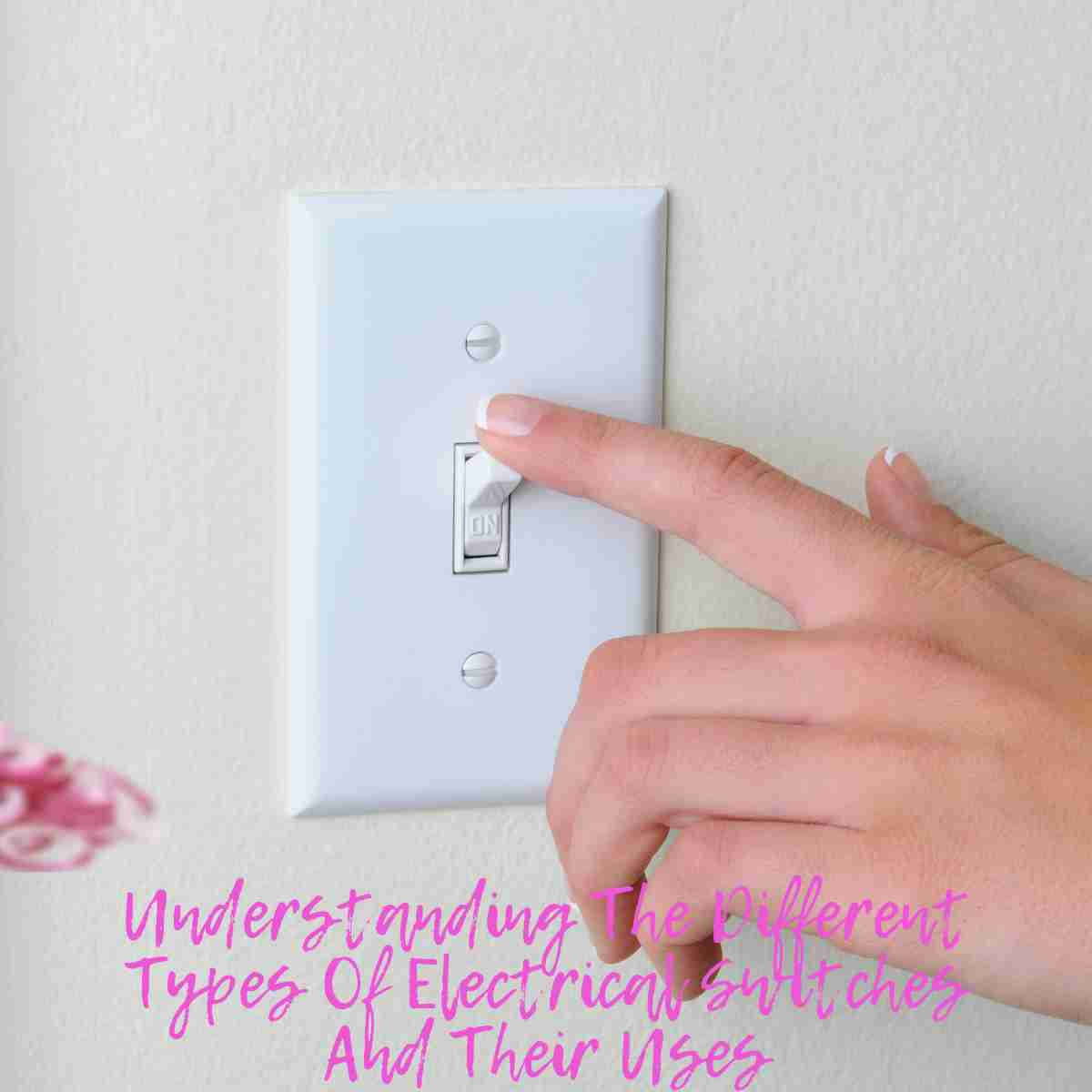When you're setting up or renovating your home, understanding the different types of electrical switches and their uses can significantly enhance your living space's functionality and safety. Electrical switches are a staple in homes, offices, and various industrial settings, enabling us to control lighting, appliances, and equipment with ease. This guide will walk you through the various types of electrical switches, helping you to make informed decisions about which types are best suited for your needs.

What Are Electrical Switches?
Electrical switches are devices that interrupt the flow of electricity and direct it from one conductor to another. They're fundamental components in managing electrical circuits. By turning a switch on or off, you're either completing or breaking the circuit, which controls the power in a particular area or device.
Types Of Wall Switches
Wall switches are the most common types of electronic switches that you’ll encounter in any residential or commercial building. They are primarily used to control lights, fans, or other fixtures from a fixed location. Wall switches come in several varieties, each designed for different applications and providing varying levels of control and convenience.
Whether you're looking to simply turn a light on and off, adjust the lighting levels, or require the ability to control a fixture from multiple points, there's a wall switch that meets those needs. Some of these include:
Single-Pole Switches
Single-pole switches are perhaps the most straightforward type of switch you’ll find in a home. They have an on and off label and control one circuit from a single location. These are ideal for controlling a light or a fan from one spot.
Three-Way Switches
Moving to a slightly more complex setup, three-way switches enable the operation of a single light or appliance from two separate locations. These are perfect for stairwells, long hallways, or any room with two entries. Each switch in the pair can turn the electricity on or off, which is why you won't find on and off markings on a three-way switch.
Four-Way Switches
For even more control, four-way switches are implemented along with two three-way switches to manage lighting or appliances from three or more different places. This setup is great for large rooms, hallways, or homes with multiple entryways into the same room.
These switches are fundamental in managing how electricity is distributed and utilized in various spaces, providing convenience and enhancing safety. Each type serves a specific purpose, so understanding their functionalities can help you choose the right one for your needs.
Specialized Switch Types
Beyond the typical wall switches, several specialized switches serve unique functions, each tailored to specific needs or preferences:
Dimmer Switches
These light switches enable you to control the brightness of light fixtures, making them perfect for creating a desired mood or enhancing the ambiance in a room. Whether you're watching a movie or hosting a dinner, dimmer switches can set the right atmosphere and can also lead to energy savings by reducing electricity use when full brightness isn't necessary.
Timer Switches
Timer switches are designed to control the duration that a light stays on, turning it off automatically after the set time expires. This feature is ideal for areas like bathrooms, garages, or closets where lights only need to be on temporarily and might otherwise be forgotten.
Motion Sensor Switches
For convenience and enhanced security, motion sensor switches activate lighting automatically upon detecting movement. This makes them an excellent choice for outdoor security lighting, hallways, and rooms like bathrooms, helping to cut down on energy use while ensuring lights are only on when needed.
Each type of specialized switch can significantly enhance the functionality of your home's electrical system, providing greater control, convenience, and safety.
Choosing The Right Switch For Your Needs
Selecting the right type of electrical switch depends on your specific requirements. Consider the functionality you need—whether it's simple on-off control, adjustable lighting, or automated operation. Also, think about the ease of use and the aesthetic appeal of the switch in relation to your home's decor. Here are a few additional points to keep in mind:
Location and Accessibility
Consider where the switches will be installed. High traffic areas might benefit from more durable switches like rockers or toggles, while bedrooms and living rooms can use dimmers for adjustable lighting.
Compatibility with Existing Systems
Ensure that the new switches are compatible with your current electrical system and fixtures. This is particularly important for dimmers and smart switches, which may require specific types of wiring and light bulbs.
Future Needs
Think about future needs as well. If you plan on upgrading to smart home technology, opting for smart switches now could save you time and effort later.
By understanding the different types of electric switches and their uses, you're well-equipped to choose the perfect switch for every room in your house. Whether you're renovating or simply replacing old switches, there's a type that fits your needs.
Conclusion
With so many types of electrical switches available, you can tailor your home's controls to your lifestyle. The right switches enhance convenience, safety, and energy efficiency, making your home more comfortable and functional. Now that you have the knowledge, you're ready to make the best choices for your electrical needs.
